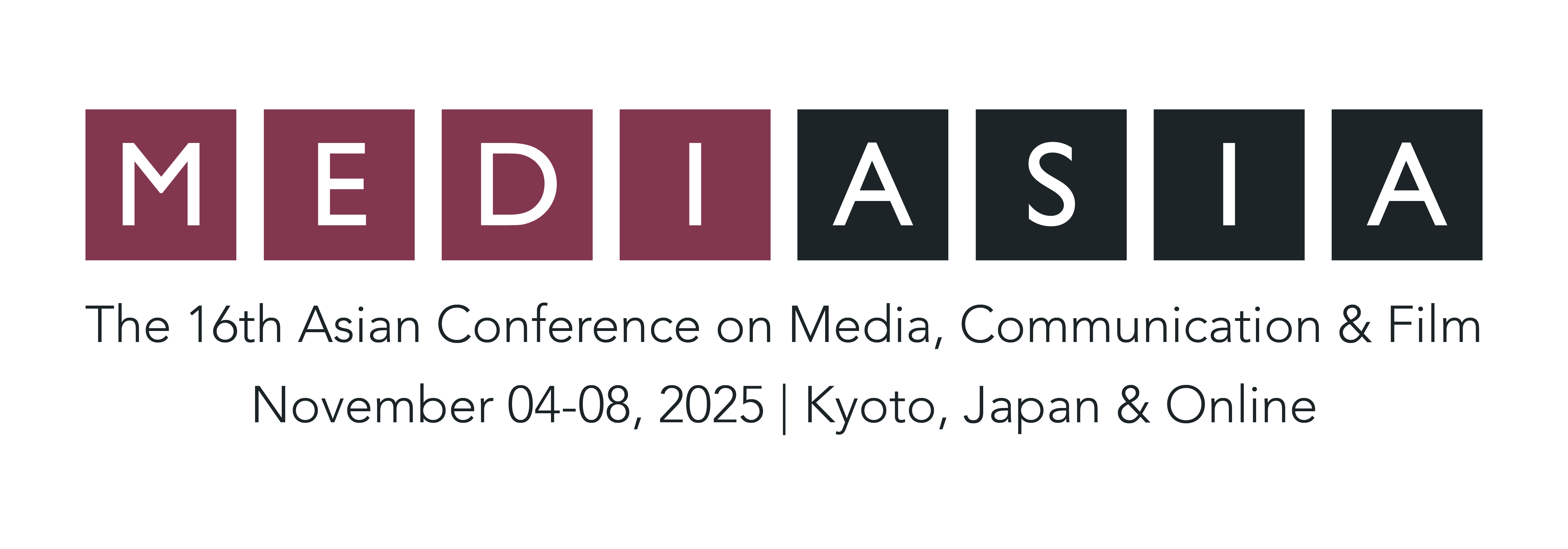The increasing pace, intensity and scale of migration, urbanisation and globalisation is one of the biggest challenges faced by the societies of two neighbouring continents (Australia and Asia). Across both continents, economies will be substantially reconfigured, with jobs in a range of industries lost to automation and an increase in the movement of people as the effects of climate change are felt. Against the backdrop of these changes, the media – despite widespread technological disruptions to its operations – continues to be a crucial disseminator of narratives of national identity. In this paper, I look at Australia’s changing media discourse about identity. Historically a monocultural British outpost, Australia is now a cultural melting pot predicted to have a population of 37.6 million people by 2050, with Melbourne and Sydney each accommodating 8 million. The country has undergone key shifts in its foreign policy outlook with the first following World War Two when Canberra’s allegiance to Britain turned into a strategic alliance with the United States. As a new superpower emerges in China, Australia has been forced – kicking and screaming – to confront the geopolitical reality of its location and its changing populace, and pivot towards Asia. How will the Australian media reflect the country’s role within and connection to Asia, as they continue to develop and change over time?
Australia and Asia: Media and Identity in a Time of Change

